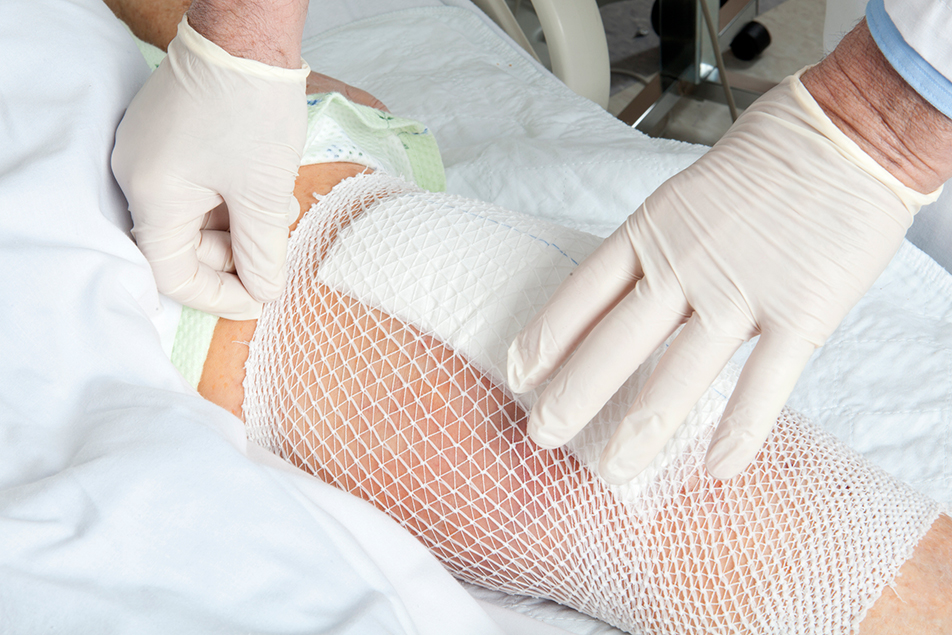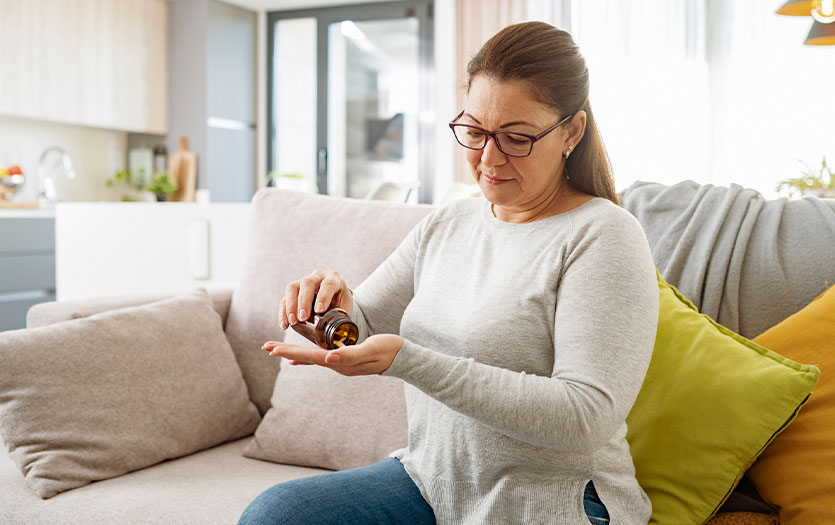
Whether you’re suffering from an acute or chronic wound, any delay in healing could leave the door open for infection or potential risks to your health. Fortunately, a new treatment called UltraMIST Ultrasound Healing Therapy® could prove helpful. Brooke Randol, clinical supervisor, Center for Wound Healing, Parkview Noble Hospital, elaborates on this revolutionary therapy and how it benefits patients suffering from persistent non-healing sores and wounds.
What is UltraMist Ultrasound Healing Therapy?
UltraMIST Ultrasound Healing Therapy® is a debridement, or removal, ultrasound. It is a painless, noncontact, low-frequency ultrasound delivered to the wound bed through a saline fluid mist. Unlike most wound treatments, which are limited to treating the wound surface, mist therapy allows the energy to travel below the wound surface. [1]
What are the benefits of mist therapy?
The utilization of mist therapy can benefit a patient in many ways, in that it is a noncontact, pain-free way of cleansing a wound. It also reduces bacterial overgrowth, improves blood flow and helps decrease inflammation.
Who would be an ideal candidate for this type of treatment?
Mist therapy is appropriate for people of all ages with chronic wounds. It is an excellent alternative for anyone requiring pain medication or injections to tolerate wound debridement by a provider. Also, individuals with pressure wounds (specifically on the buttocks and heels), wounds covered in dead tissue (yellow or black) and wounds that have poor blood flow are all excellent candidates for this type of treatment.
With that said, anyone with very large wounds would not be a good candidate for mist therapy due to the amount of time it may require to perform the treatment. Also, anyone with wounds that are not painful and easily debrided by a provider would not need mist therapy.
What can patients expect during an appointment/treatment?
When a patient comes in for treatment, the nurses begin by removing old dressings and washing the wound and surrounding area, if tolerated. Then, towels and absorbent pads are placed under the injury to soak up any saline during treatment. The procedure can last anywhere from 3-20 minutes, depending on the size of the wound. During therapy, the nurse uses a machine that looks like a handheld scanner or wand, similar to what you might use when shopping at the store. The wand’s tip has a metal transducer that emits the ultrasound waves and gently sprays saline onto the wound. Some patients say the saline feels cold. If so, the staff can warm it before treatment to help with comfort. The wound never gets touched by anything but the mist of saline. Once treatment concludes, the nurse will put a new dressing on the wound, then schedule a follow-up appointment.
How long will it take to see results or healing after a treatment?
It’s possible to see positive results in as little as two treatments, but everyone and every wound are different. For therapy to continue, we must see clear signs of improvement in the size and appearance of the wound by the sixth treatment. If there are no signs of healing or progression, then UltraMIST therapy stops, and an alternate care plan must begin.
Why is this an important form of treatment for chronic wound care and healing?
Mist is an excellent alternative for people who have the following:
- A significant amount of pain
- Tissue injury surrounding the wound
- Wounds that have not responded well to initial treatments
- Poor blood flow
- Wounds that the provider cannot safely debride
This therapy offers a safe, pain-free, noncontact way of treating the affected area and breaking down the bioburden or film of bacteria covering the wound.
How does mist therapy compare to other modalities within the field?
Typically, sharp debridement or removal of dead/nonviable tissue is the gold standard for chronic wounds. However, some people cannot tolerate sharp debridement due to pain, wound etiology or comorbidities. Mist therapy offers a pain-free alternative while also decreasing inflammation and improving blood vessel regeneration.



